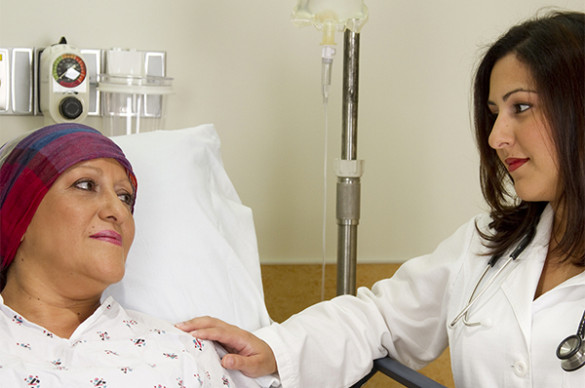In our latest survey, cancer patients and survivors overwhelmingly support extending financial assistance for people who purchase health coverage through the Affordable Care Act marketplace by a margin of nearly 12 to 1 (72% support, 6% oppose). The survey also finds 43% would not be able to afford their plan without the enhanced tax credits, 30% would skip or delay medical care to reduce expenses, and 24% would accumulate medical debt to afford their care.
